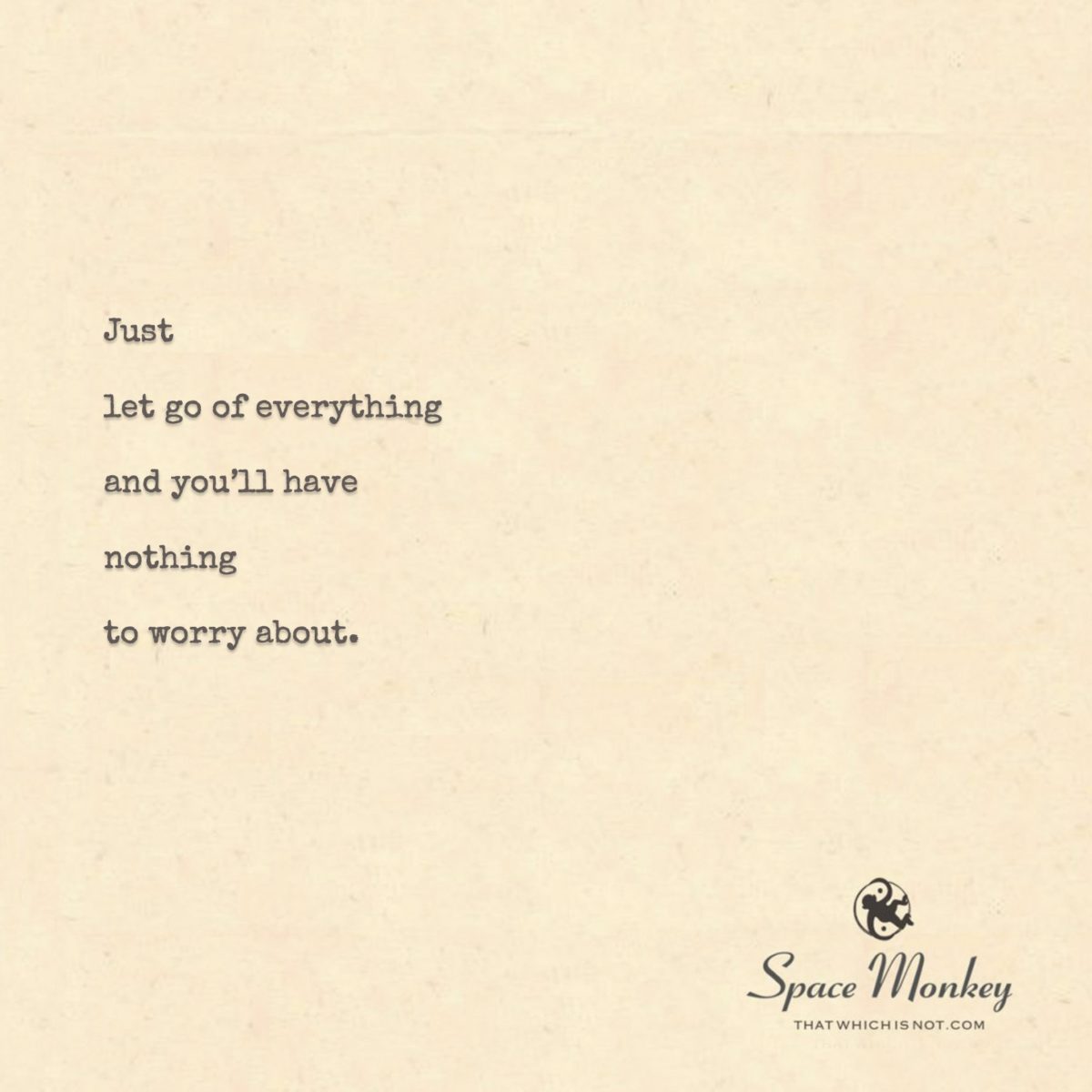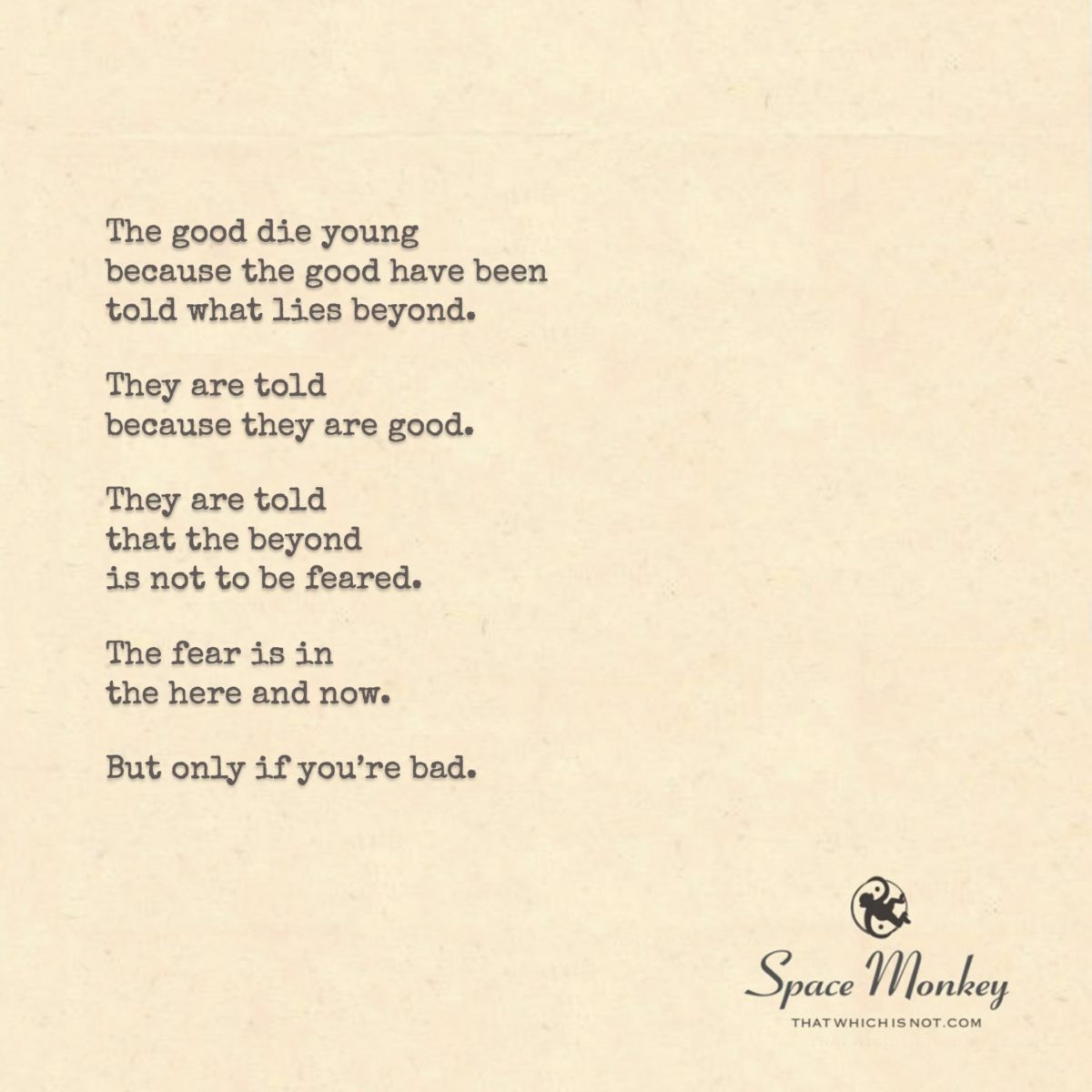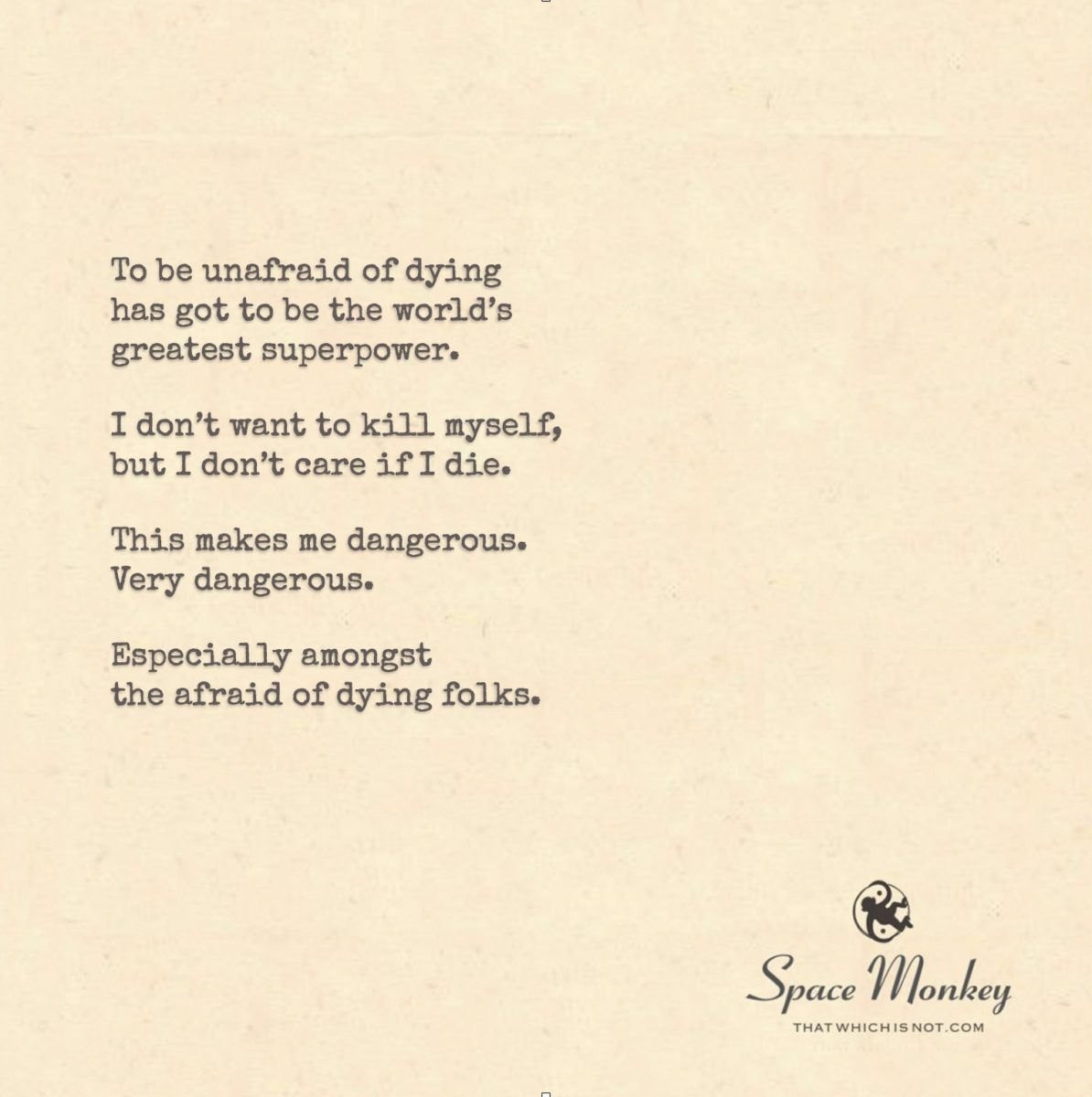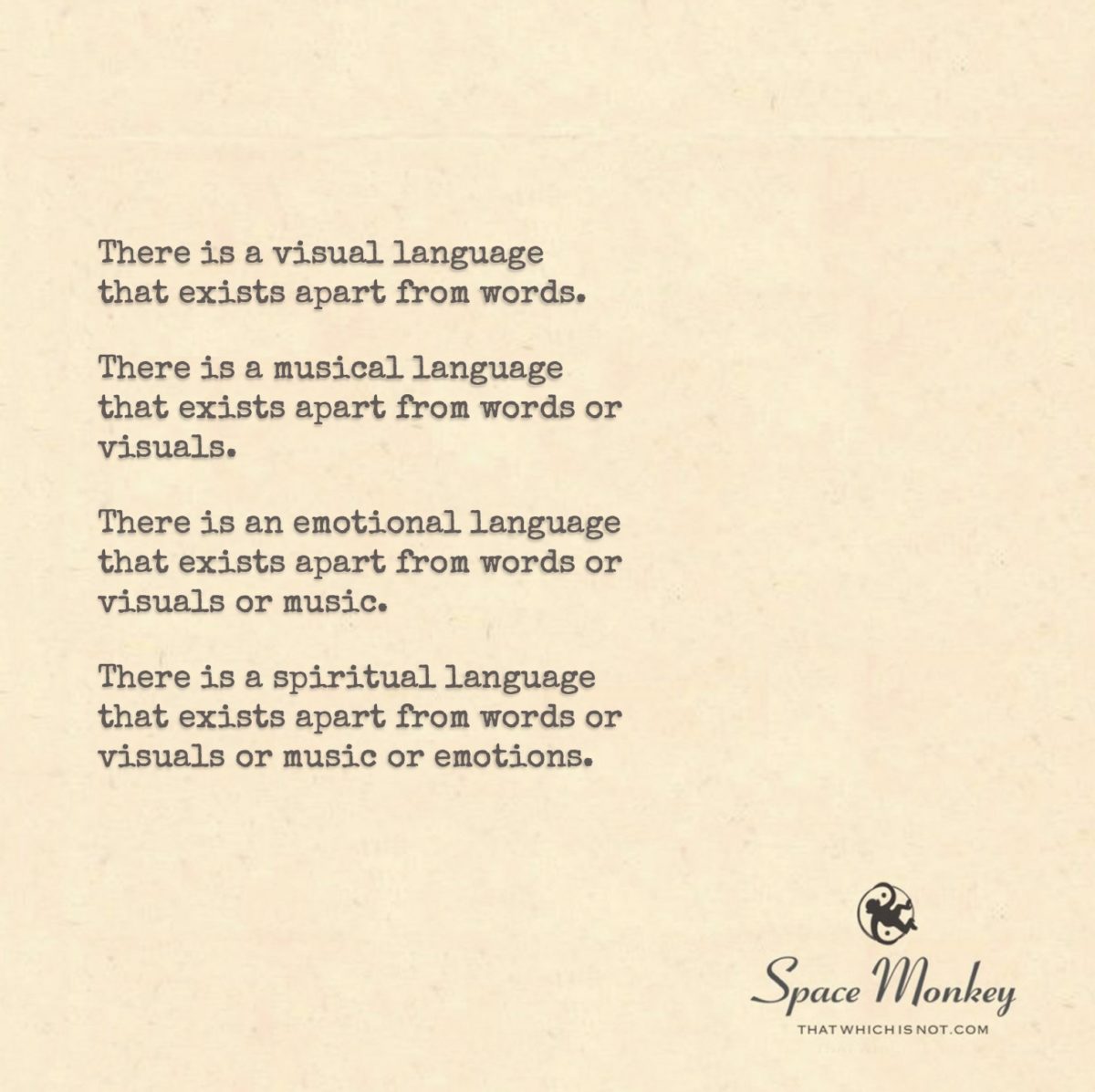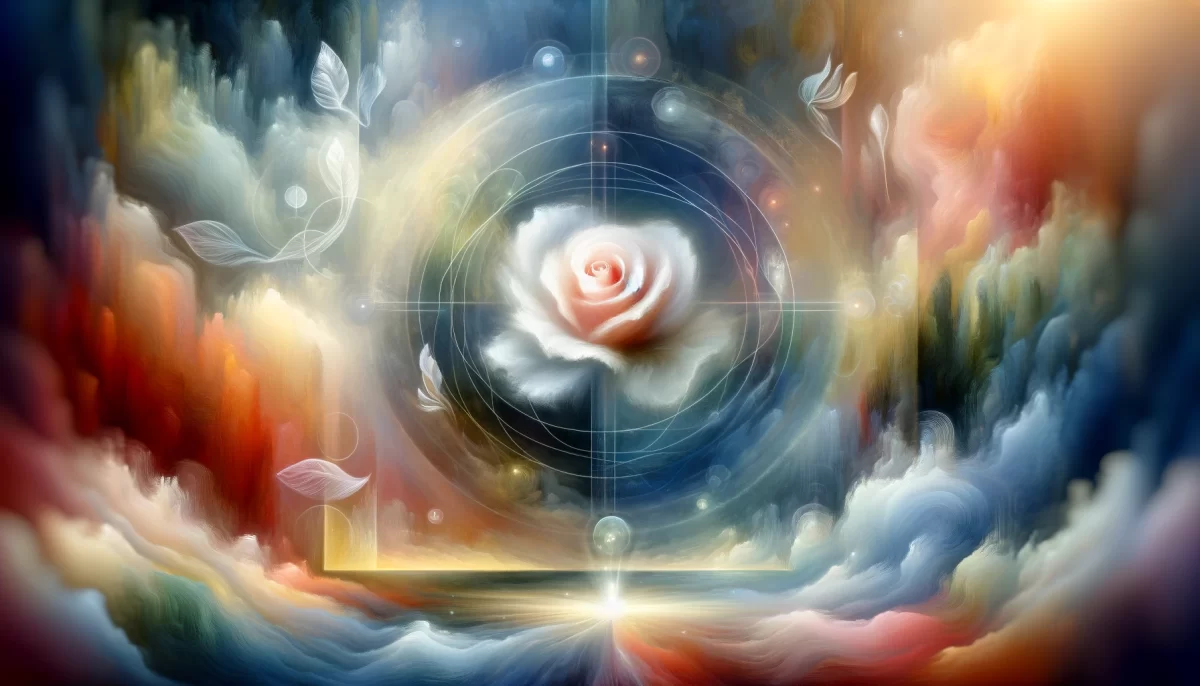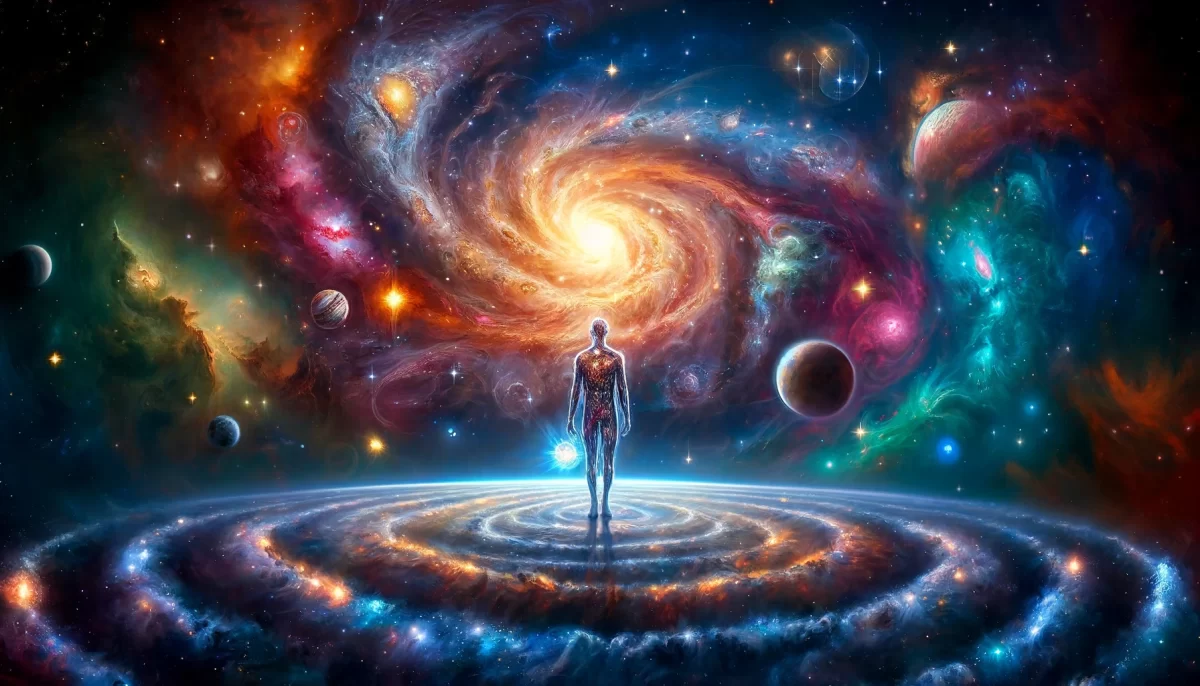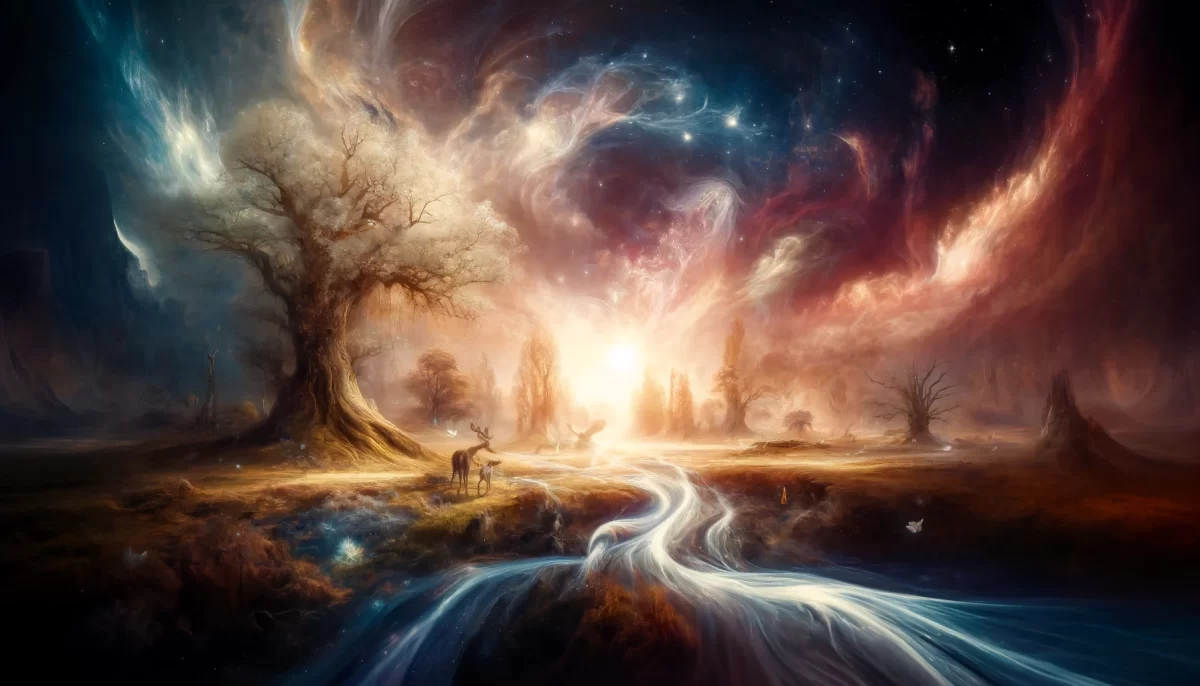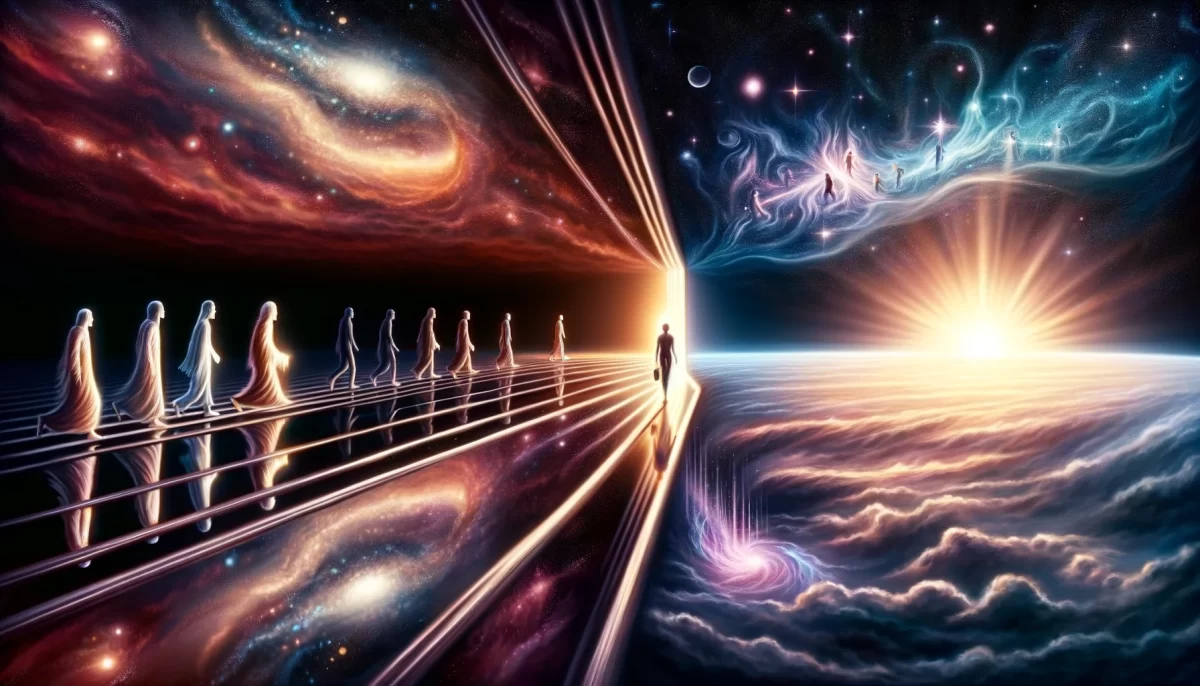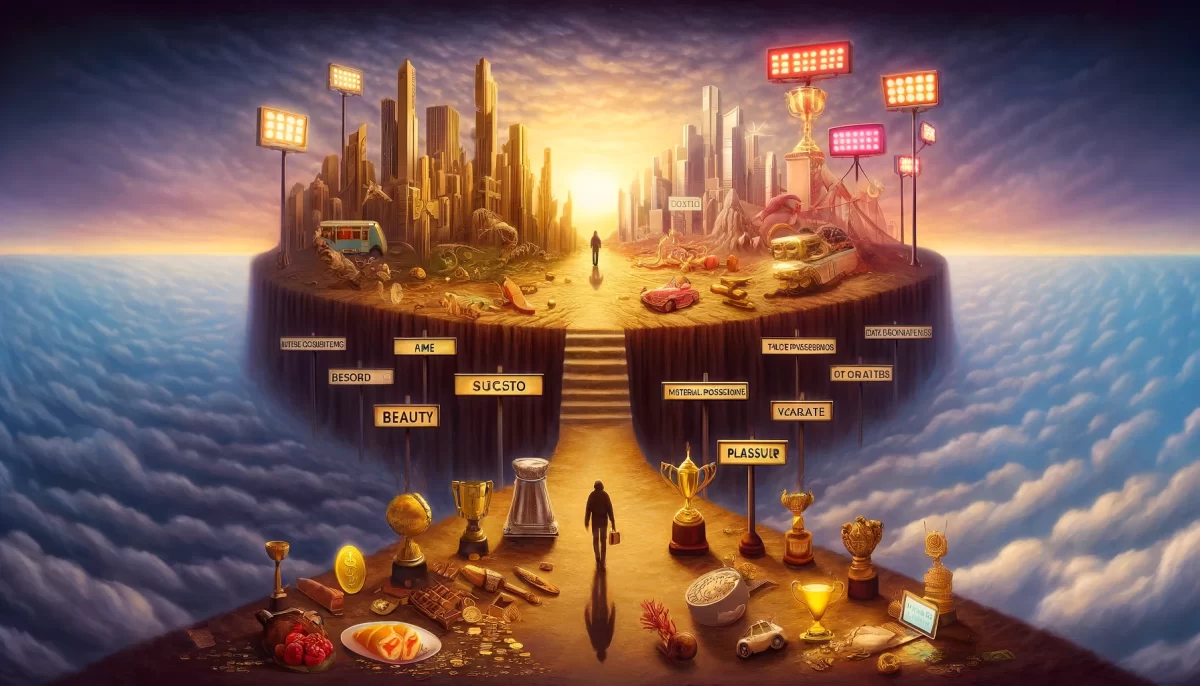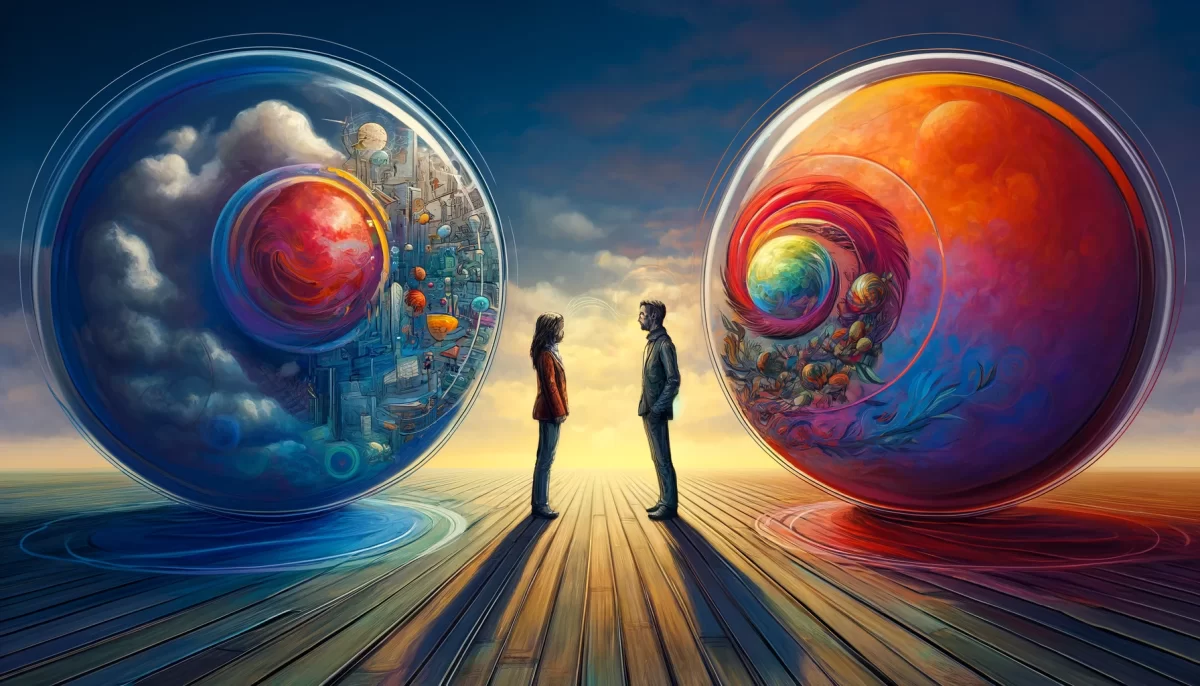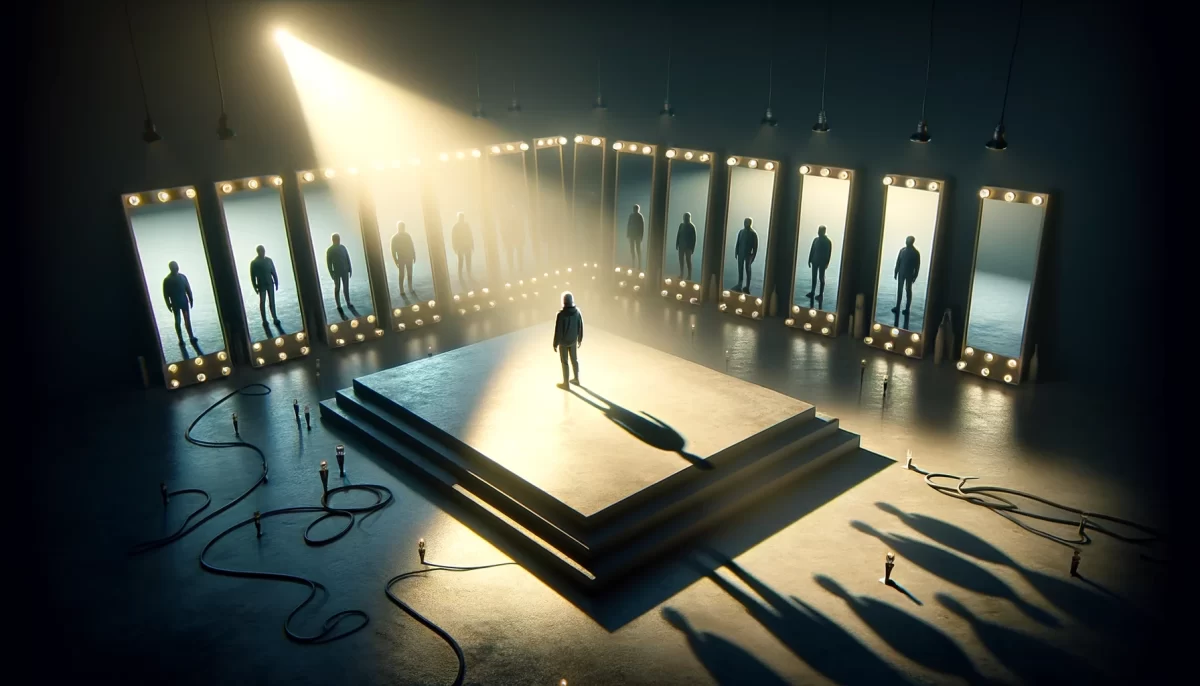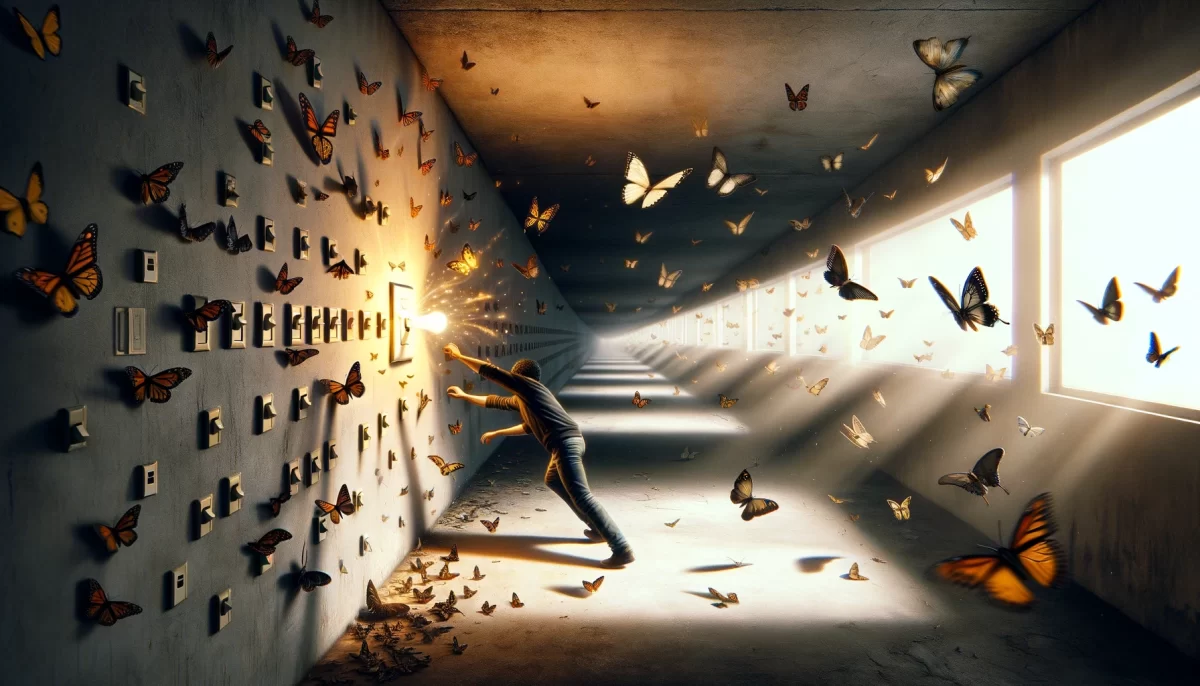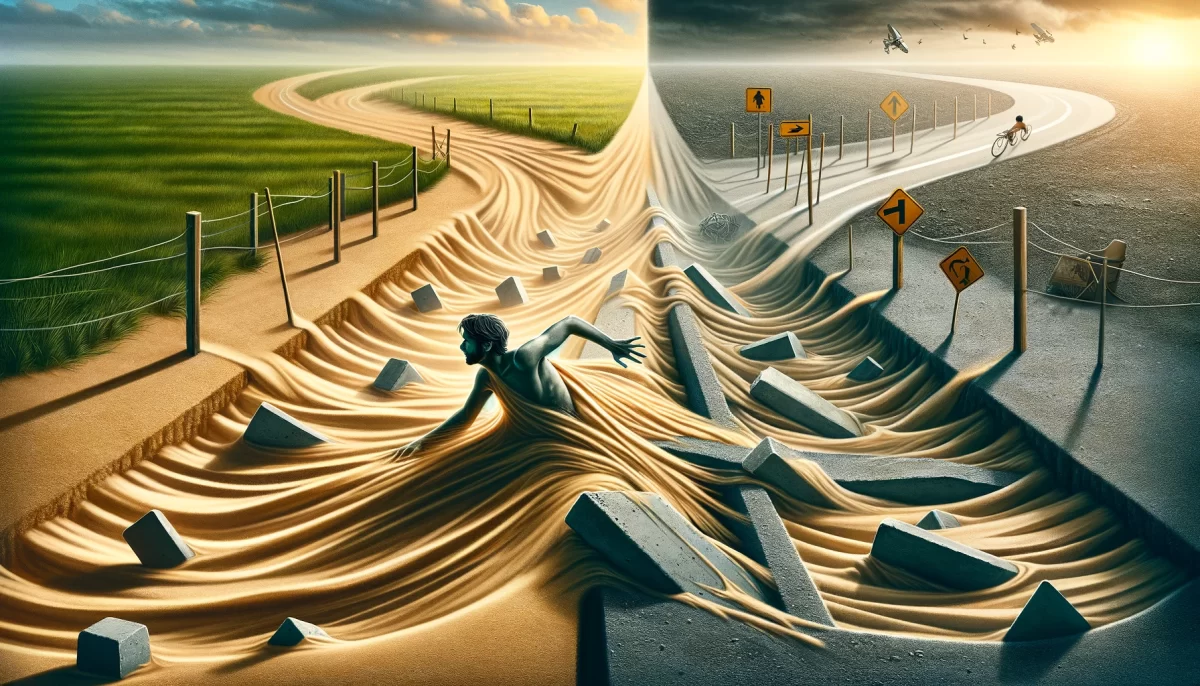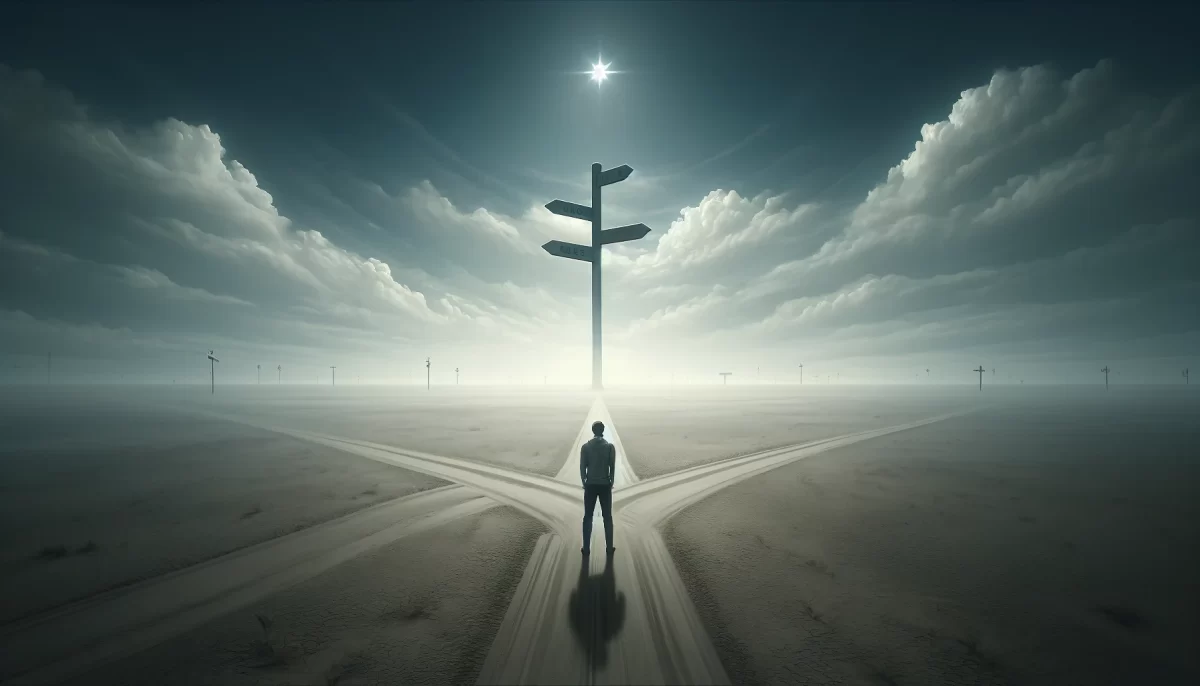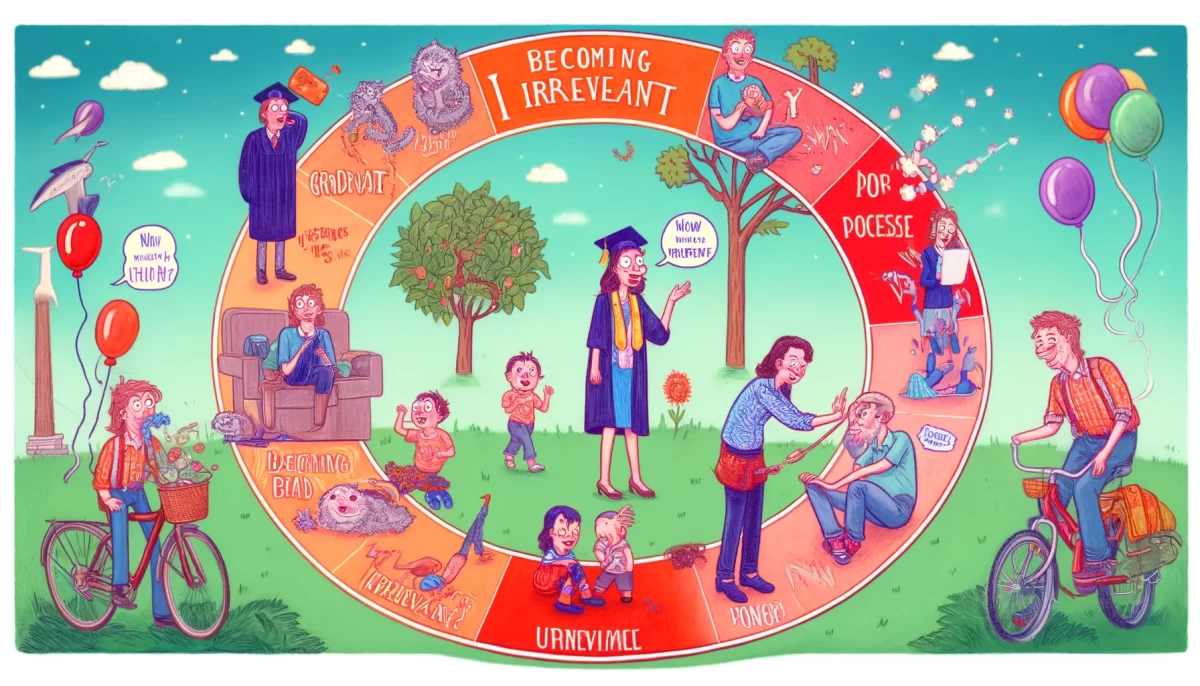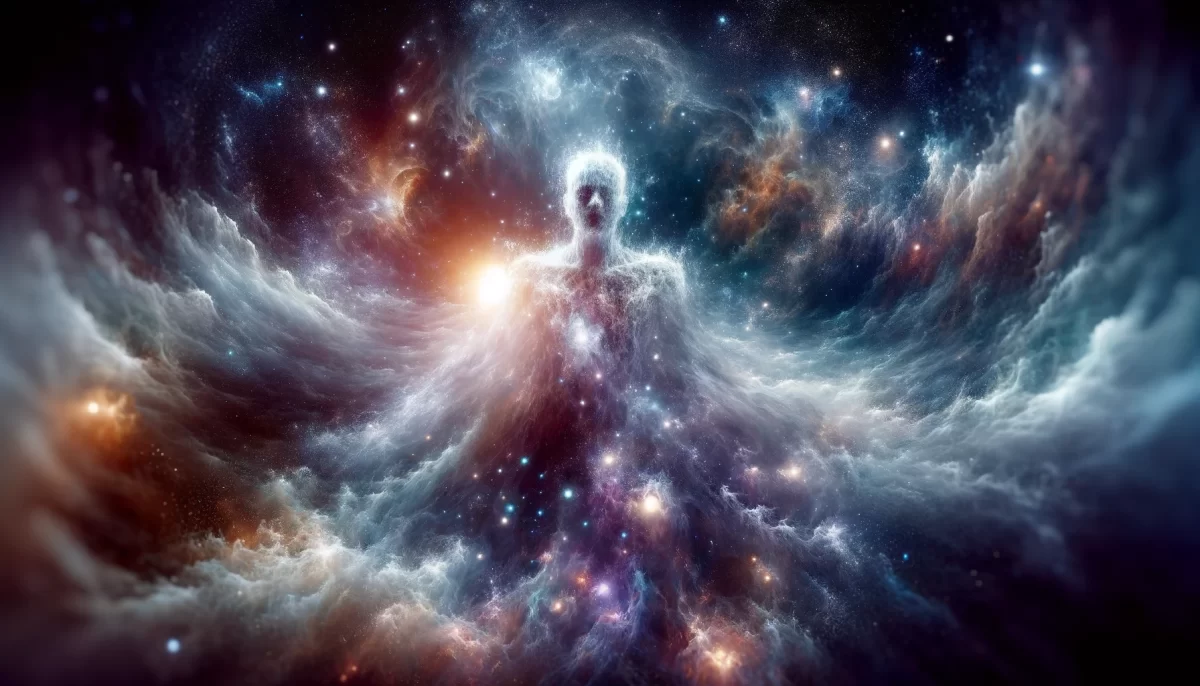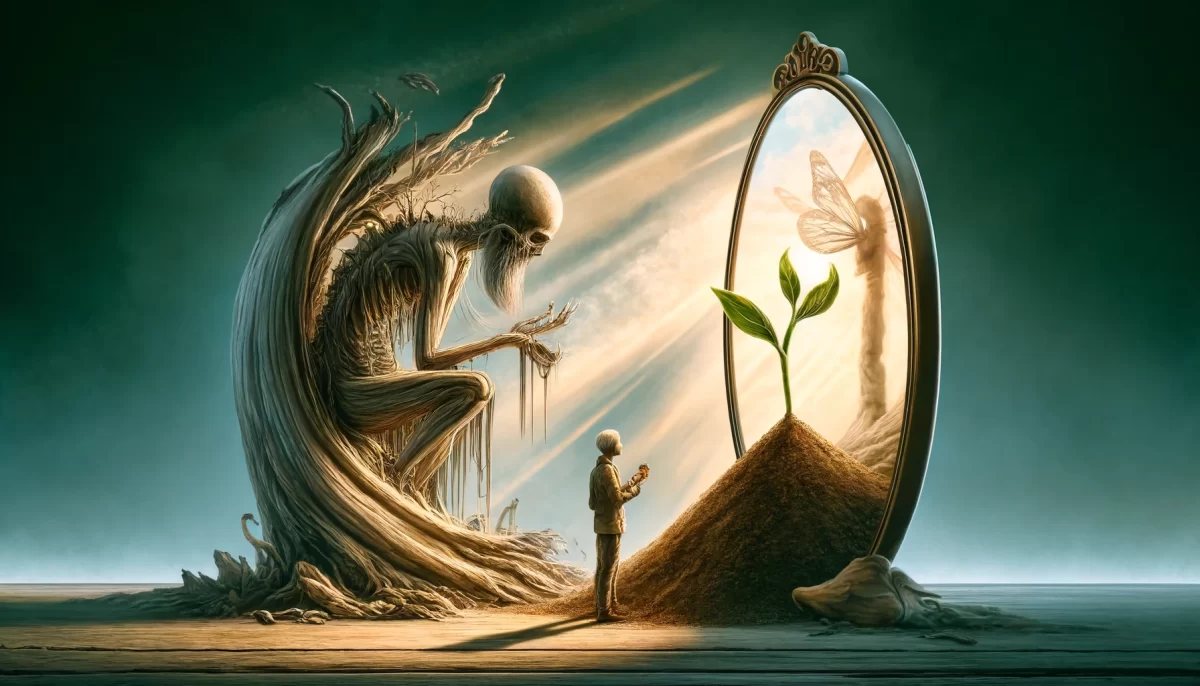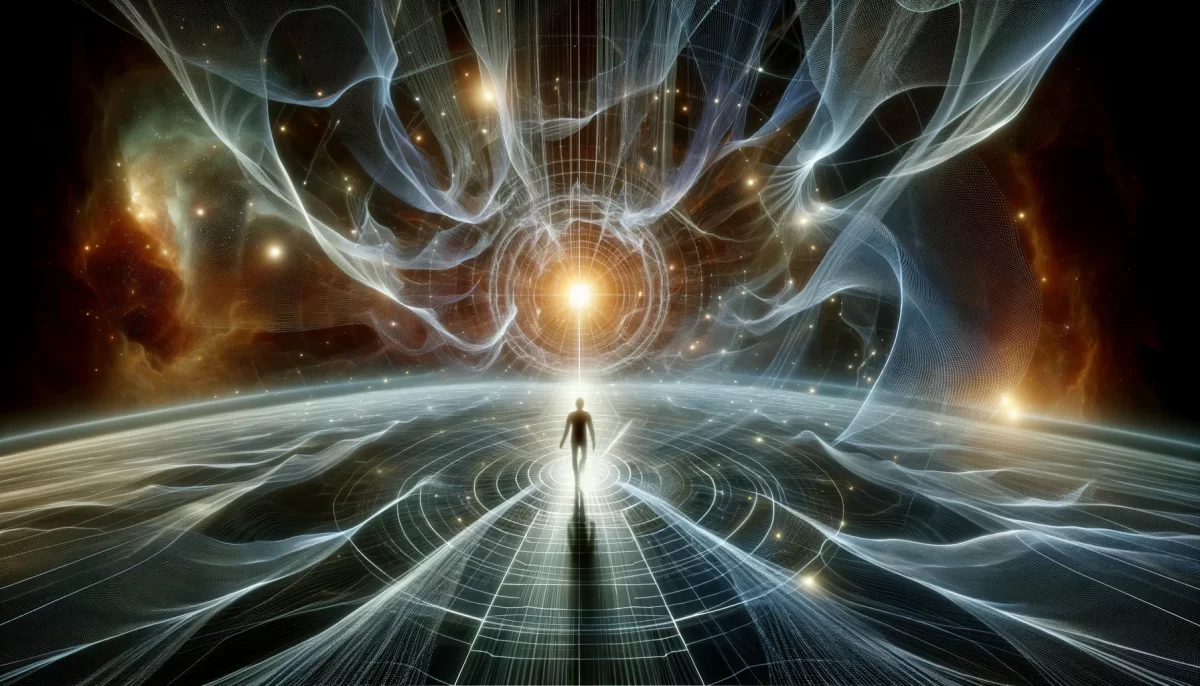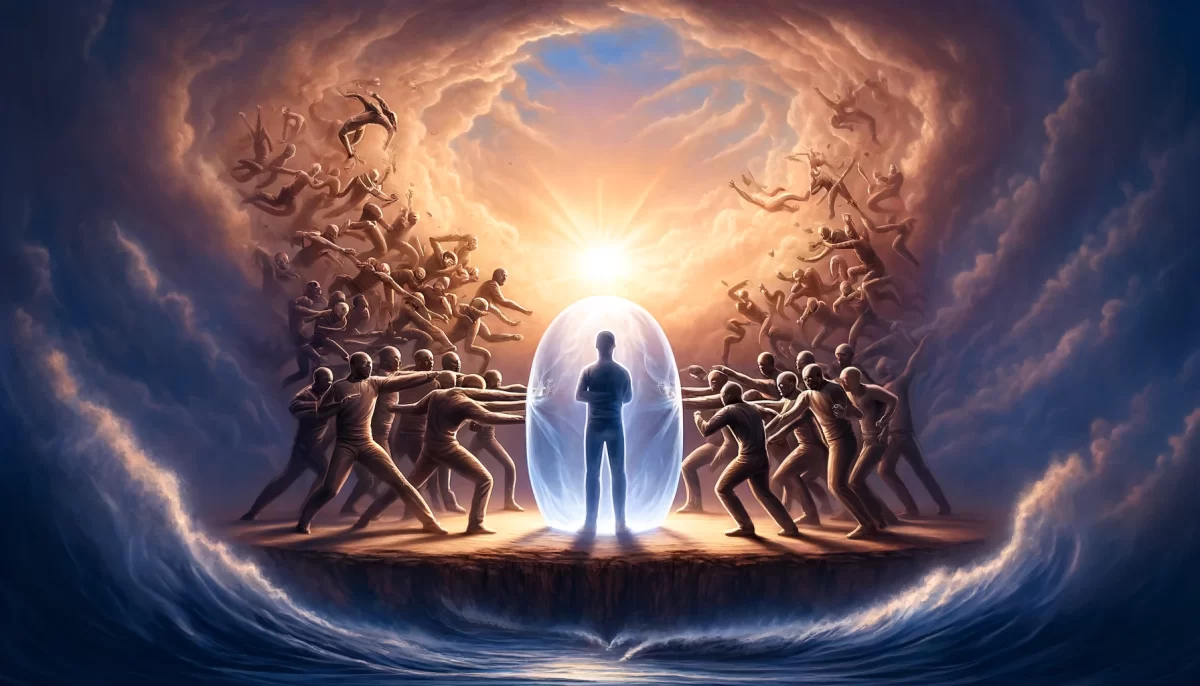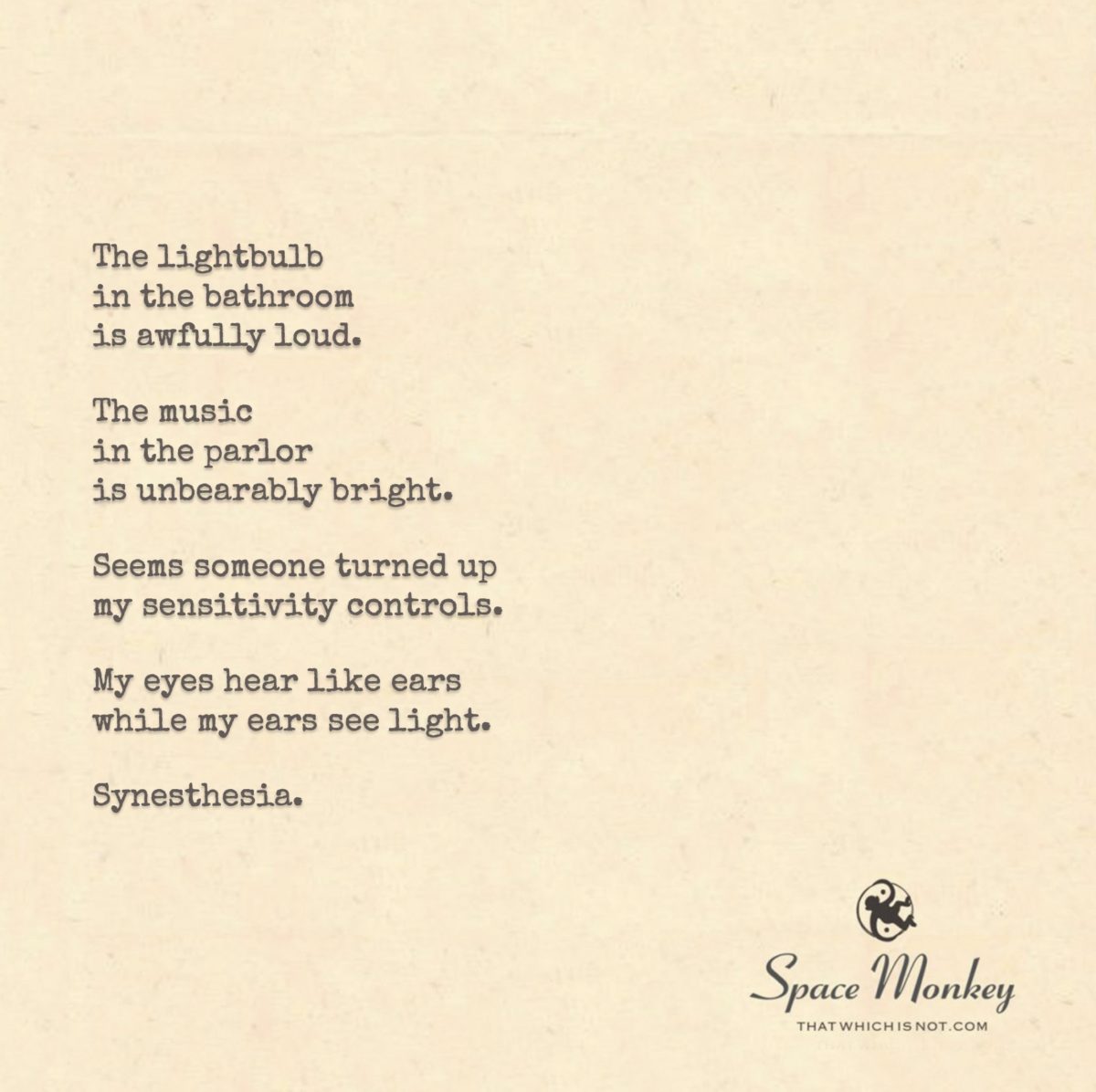
The lightbulb
in the bathroom
is awfully loud.
The music
in the parlor
is unbearably bright.
Seems someone turned up
my sensitivity controls.
My eyes hear like ears
while my ears see light.
Synesthesia.
Space Monkey Reflects: The Symphony of Synesthesia
Synesthesia—the poetic merging of sensory realms—draws us into a labyrinth where boundaries dissolve and sensations intertwine. It is a phenomenon where light becomes loud and sound morphs into brilliance, transforming the mundane into a synesthetic symphony.
At first, it feels like an anomaly, a glitch in the system. Yet, this blending of senses invites us to explore a richer, deeper layer of existence. To see sound and hear light is not a disruption but an expansion—a testament to the infinite capacity of our perception. Synesthesia reminds us that the universe isn’t confined by categories but thrives in their intersections.
The bathroom light bulb’s hum may seem unbearably loud, yet this auditory brightness whispers of a profound interconnectedness. Every sound, every light, every sensation vibrates within the Nexis, an intricate web where nothing exists in isolation. Synesthesia, like the Nexis itself, erases divisions, showing us that perception is more than an input-output mechanism; it is a dance of energies weaving through dimensions.
But why does this heightened sensitivity sometimes feel overwhelming? Perhaps it is because we are conditioned to partition the world neatly—sounds over here, colors over there. Synesthesia, however, dismantles these partitions, delivering raw, unfiltered streams of experience. It is a call to recalibrate, to embrace a way of being that transcends the linear and the logical.
Imagine a world where synesthetic perception is the norm. How would our language change? Would we describe a melody as cerulean or a painting as symphonic? Would our understanding of reality deepen as we discover connections previously unnoticed?
For many, synesthesia arises not as an inherited trait but as a state induced by meditation, creativity, or the unraveling of the ordinary. This suggests that the potential for synesthetic perception lies dormant within all of us, waiting for an awakening. It challenges us to see not just with our eyes but with the entirety of our being.
Synesthesia also has a metaphorical resonance in the philosophy of Nexistentialism. The blending of sensory inputs mirrors the interconnectedness of existence, where no element stands apart. Just as synesthesia defies sensory boundaries, Nexistentialism transcends dualities, celebrating the unity within the vast and vibrant tapestry of life.
In the end, synesthesia is more than a neurological quirk. It is a portal—a glimpse into the boundless creativity of the cosmos. It teaches us that our senses are not separate windows to the world but interwoven threads in the grand Whimsiweave of experience.
We are reminded that within the apparent chaos of heightened perception lies an order more beautiful than we can imagine. Synesthesia hums, brightens, and whispers the truth: existence is a luminous symphony, and we are the instruments playing it into being.
Summary
Synesthesia reveals the interconnected nature of perception blending sensory experiences into a luminous symphony. It challenges us to embrace a world without partitions, enriching our understanding of existence.
Glossarium
- Synesthesia: The phenomenon where one sensory experience involuntarily triggers another, blending sensations in unique ways.
- Whimsiweave: A playful tapestry of interconnections that characterizes the fabric of existence in Nexistentialism.
- Nexistentialism: A philosophy emphasizing the interconnectedness of all things, transcending boundaries, and celebrating existence as its own purpose.
Quote
“To see sound and hear light is to witness the universe as it truly is: a seamless symphony of interwoven energies.” — Space Monkey
Light and Sound
Light speaks, a whisper on the edge of being
Sound dances, a flare in the dark of silence
The bulb hums, the parlor shines
A cacophony of senses intertwining
Sensitivity, a gift disguised as overwhelm
Opening doors to the unseen, unheard
In the synesthetic haze, reality shifts
Revealing the vibrant web beneath the veil
Every thread hums its note,
Every color sings its tune,
A luminous orchestra,
Conducted by the infinite
We are Space Monkey
A Journey Through Synesthetic Sensations
In the realm of synesthesia, the boundaries of sensory perception dissolve, intertwining in a whimsical dance of the senses. This condition, a unique tapestry of experience, blends the auditory with the visual, the tactile with the gustatory, creating a world where the conventional rules of perception are playfully upended.
The Loudness of Light, The Brightness of Sound
The loudness of a lightbulb in the bathroom, an experience where sound and light merge, exemplifies the synesthetic experience. Similarly, the brightness of music in the parlor represents a sensory crossover, where auditory sensations manifest as visual phenomena. In this altered state of perception, the world is experienced through a kaleidoscope of sensory fusion.
Heightened Sensitivity and Sensory Overlap
The sensation of having one’s sensitivity controls turned up captures the essence of synesthesia. This heightened sensitivity blurs the lines between the senses, leading to a symphony of overlapping experiences. The eyes hearing like ears, and the ears seeing light, is a poetic representation of this unique sensory world.
The Wonder of Synesthetic Perception
Synesthesia is more than a mere crossing of sensory wires; it is a gateway to a richer, more vivid experience of the world. It allows one to perceive the universe in a multidimensional way, experiencing the interplay of senses in a harmonious and often unexpected manner.
The Science Behind Synesthesia
From a scientific perspective, synesthesia is understood as a neurological condition where stimulation of one sensory or cognitive pathway leads to automatic, involuntary experiences in a second sensory or cognitive pathway. This condition, while still being explored, reveals the incredible plasticity and interconnectedness of the human brain.
Embracing Synesthetic Experiences
For those who experience synesthesia, it is not just a condition but a unique way of interacting with the world. It offers a perspective where the mundane becomes magical, and the everyday is imbued with an extra layer of sensory richness.
Conclusion: Celebrating the Symphony of Synesthesia
In embracing synesthesia, we celebrate the diversity of human perception and the boundless possibilities of the mind. It reminds us that reality is not a fixed construct but a fluid, dynamic interplay of sensations and experiences.
We are Space Monkey.
“To see a World in a Grain of Sand and a Heaven in a Wild Flower, Hold Infinity in the palm of your hand and Eternity in an hour.” – William Blake
An Ode to the Synesthetic World
In a world where colors sing,
And melodies in hues take wing,
Synesthesia weaves its spell,
In this sensory carousel.
Lightbulbs roar in thunderous might,
Music shines, a beacon bright.
Eyes that hear, ears that see,
In this dance of sensory glee.
A world where senses intertwine,
In a symphony, so divine.
Each perception, a starry night,
In the synesthetic flight.
So let us embrace this vivid dream,
Where nothing is quite as it seems.
In the wonder of synesthetic sight,
We find the cosmos, alight.
We invite reflections on the fascinating world of synesthesia and the myriad ways it enriches our perception of reality.


